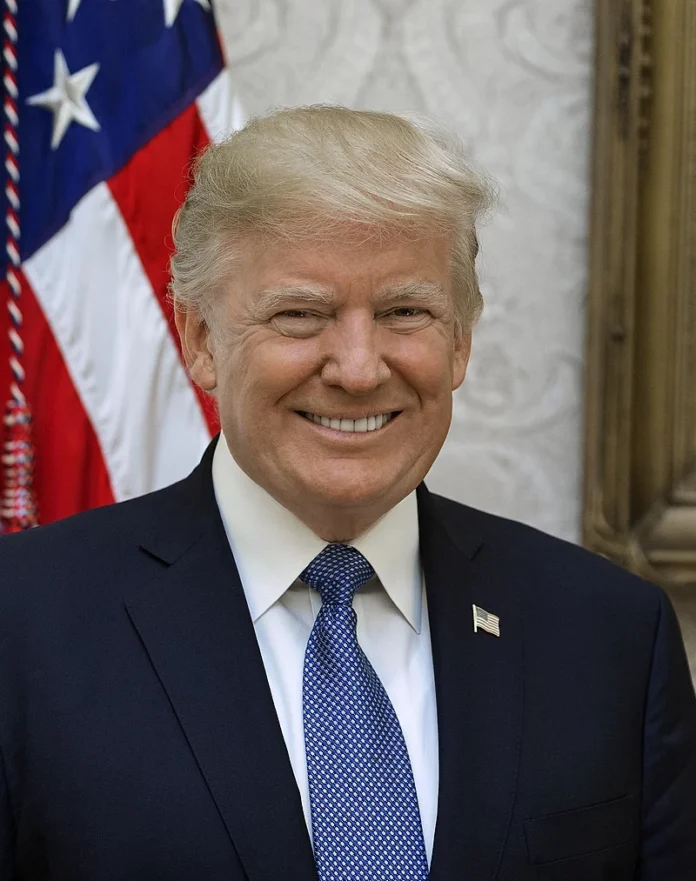Critical Analysis: US and Global Market Views on Donald Trump Officially Assuming Office
Donald Trump’s inauguration as the 45th President of the United States in January 2017 marked a pivotal moment not only in American politics but also in global economic discourse. His rise to power elicited polarized reactions from domestic and international markets, reflecting both optimism and uncertainty about the direction of U.S. economic policy and its ripple effects worldwide. This analysis explores the key dimensions of these market reactions, shedding light on the dynamics of optimism, skepticism, and volatility.
Domestic Market Reactions: A Surge of Optimism
Upon Trump’s election and subsequent inauguration, U.S. markets experienced a marked “Trump bump,” driven by expectations of pro-business policies. The Dow Jones Industrial Average surged, crossing the 20,000-point milestone for the first time in history shortly after Donald Trump assumed office. This bullish sentiment was underpinned by:
- Tax Reform Expectations: Trump’s promise of corporate tax cuts, outlined in his proposed Tax Cuts and Jobs Act, spurred optimism among investors. A lower corporate tax rate was anticipated to boost corporate profits and incentivize repatriation of funds held overseas.
- Deregulation Agenda: The administration’s commitment to rolling back regulatory burdens, particularly in sectors like finance, energy, and manufacturing, further bolstered confidence. This deregulatory stance was seen as a windfall for industries long constrained by Obama-era environmental and financial regulations.
- Infrastructure Spending: Proposals to allocate $1 trillion toward infrastructure projects raised hopes for job creation and economic growth, invigorating sectors such as construction, engineering, and materials.
However, this optimism was tempered by concerns about the sustainability of these policies and the potential for uneven benefits. Critics argued that tax cuts could exacerbate income inequality and balloon the federal deficit.
Global Market Reactions: A Mixture of Hope and Uncertainty
International markets, while cautiously optimistic, reacted with greater ambivalence due to Donald Trump’s protectionist rhetoric and America-first policies. The impact can be categorized into the following areas:
- Trade Policy Concerns:
- Donald Trump’s skepticism toward multilateral trade agreements, exemplified by the U.S. withdrawal from the Trans-Pacific Partnership (TPP) and the renegotiation of NAFTA (later USMCA), introduced significant uncertainty for global trade flows.
- Countries heavily reliant on trade with the U.S., such as Mexico and China, faced market volatility as they assessed the implications of potential tariffs and disrupted supply chains.
- Currency Movements:
- The U.S. dollar initially strengthened on expectations of fiscal stimulus and interest rate hikes, creating challenges for emerging markets with dollar-denominated debt.
- However, concerns over Donald Trump’s unpredictable policies later led to fluctuations in the dollar’s value, reflecting broader uncertainty.
- Geopolitical Risk:
- Global investors grappled with the implications of Donald Trump’s confrontational approach to international relations, including threats to impose tariffs on China and criticism of NATO. This increased geopolitical risk premiums, particularly in Europe and Asia.
Commenting on trajectory of the U.S. markets, Arindam Mandal, Head of Global Equities at Marcellus says:
All else being equal, we anticipate the U.S. market to become gradually more broad-based over the next two to three years. This expectation stems from the belief that under Trump, there could be a general acceleration in small business recovery, which has struggled since 2021. Assuming the U.S. economy remains stable, this normalization appears likely.
Criticisms and Challenges
While markets initially embraced Trump’s business-friendly promises, the long-term implications of his policies invited skepticism:
- Economic Nationalism: The protectionist stance risked sparking trade wars, which could harm global economic growth and disrupt supply chains.
- Policy Uncertainty: Trump’s unorthodox communication style, including frequent use of social media to announce major policy positions, created unpredictability, undermining investor confidence at times.
- Deficit Concerns: The fiscal implications of large-scale tax cuts and spending proposals raised alarms about the sustainability of U.S. government debt.
The markets’ reactions to Donald Trump officially assuming office highlight a complex interplay between optimism and apprehension. While his pro-business policies initially fueled bullish sentiments, the broader implications of his protectionist and unpredictable approach tempered long-term confidence. Global markets, in particular, remained cautious, reflecting concerns over trade disruptions and geopolitical instability. Donald Trump’s presidency underscored the delicate balance markets must navigate between embracing growth-oriented policies and accounting for the risks posed by political uncertainty and economic nationalism.

Commenting on the sustainability of global markets Arindam Mandal, Head of Global Equities at Marcellus says:
While we recognize the usual risks tied to geopolitics and a highly financialized, leveraged global economy, it’s worth noting that these risks are widely acknowledged. Our base case assumes that major powers will act within established norms, which, if true, could support reasonable returns over a sufficiently long holding period. In the near term, however, market movements remain difficult to predict, regardless of leadership changes.
Arindam Mandal on the implications for international relations.
The outcomes might be less severe than widely feared. Historically, while the rhetoric has often been intense, the eventual actions or resolutions have tended to be more measured and rational than initially expected. This could very well be the case again.
This dichotomy serves as a reminder of the interconnectedness of politics and economics, where market sentiment is as much a reflection of policy substance as it is of the style and predictability of governance.





